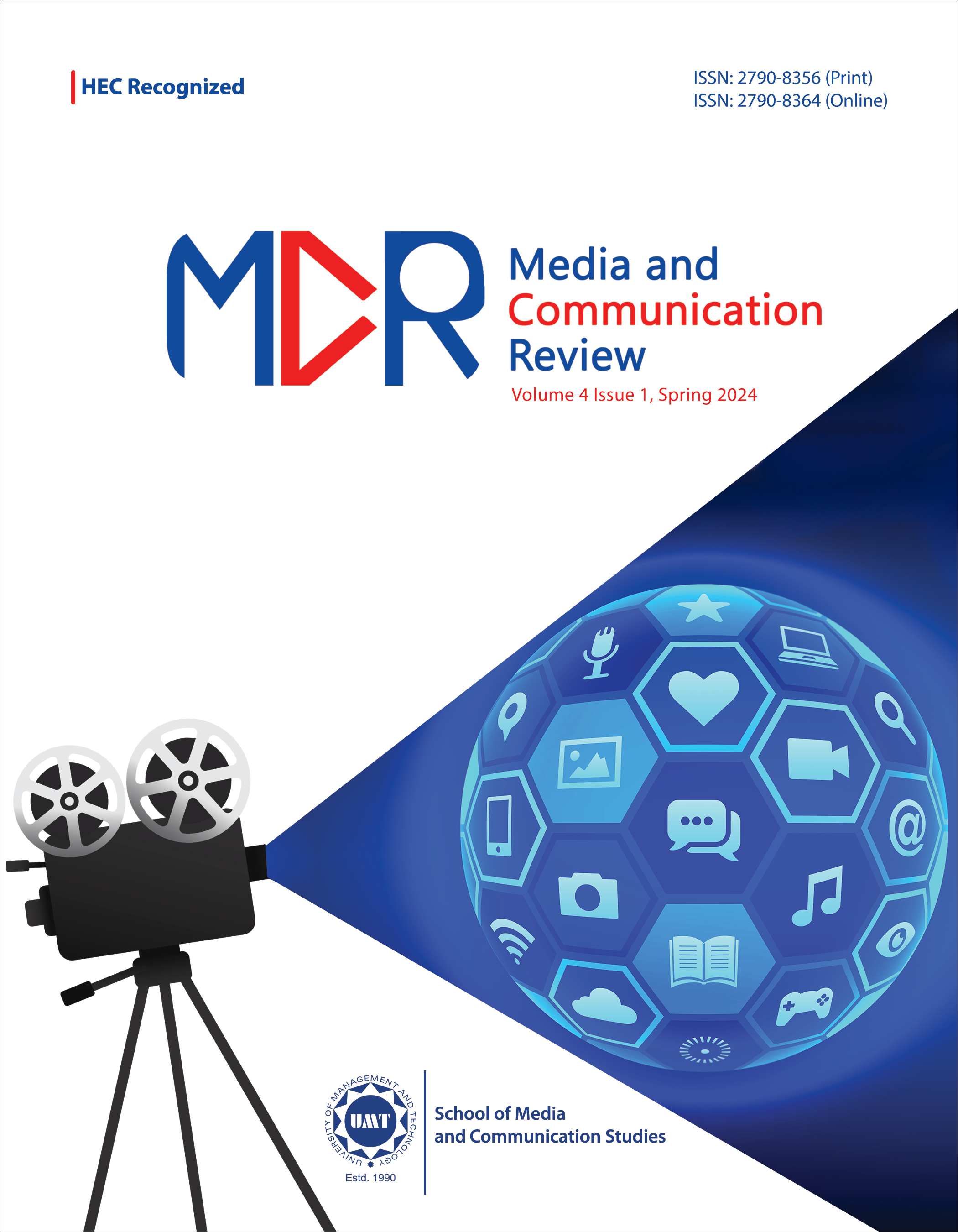Visual Mandela Effect (VME): An Expository Study of Pakistan
Abstract
 Abstract Views: 0
Abstract Views: 0
The Visual Mandela Effect (VME) depicts how a group’s collective memory exists. This phenomenon occurs when different individuals believe in or share the same incorrect visual memory of a certain event, object, or detail. It underscores the malleability of shared memory and doubts the very nature of an unchanging or objective past. Moreover, VME represents how visuals can be perceived and interpreted uniquely by different people and studies how minds can manipulate visual data, resulting in common inaccurate memories. This research presents the results of a survey conducted in Pakistan to examine the extent of Visual Mandela Effect. The results from the assessment of memory recall validity across various categories showed that 40% experienced false memory, reflecting to the presence of Visual Mandela Effect. Moreover, there was no impact of gender, as both men and women had similar recall validity. The results proved that gender does not influence susceptibility to this phenomenon. The relationship between age and Visual Mandela Effect proved that older people have better visual recall than younger people. This research also studied the relationship between social media usage and susceptibility to the Visual Mandela Effect. Results showed that people with higher social media usage were more susceptible to inaccurate memory involving visuals than those whose social media usage was lower. These findings highlight the prevalence of VME in Pakistan and contributed to the enhanced understanding of inaccurate memories and their influence on perception and cognition.
Downloads
Copyright (c) 2024 Dr. Qamar Abbas

This work is licensed under a Creative Commons Attribution 4.0 International License.
Copyrights © Author(s) 2021




